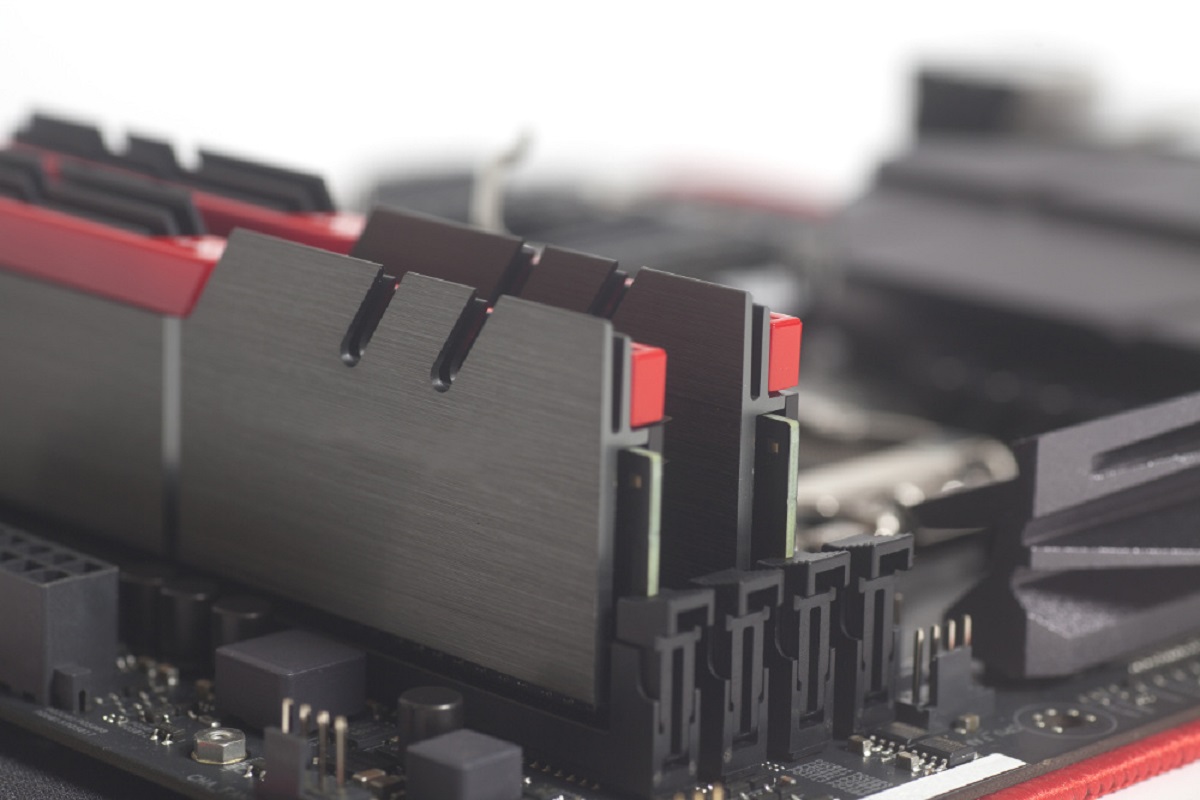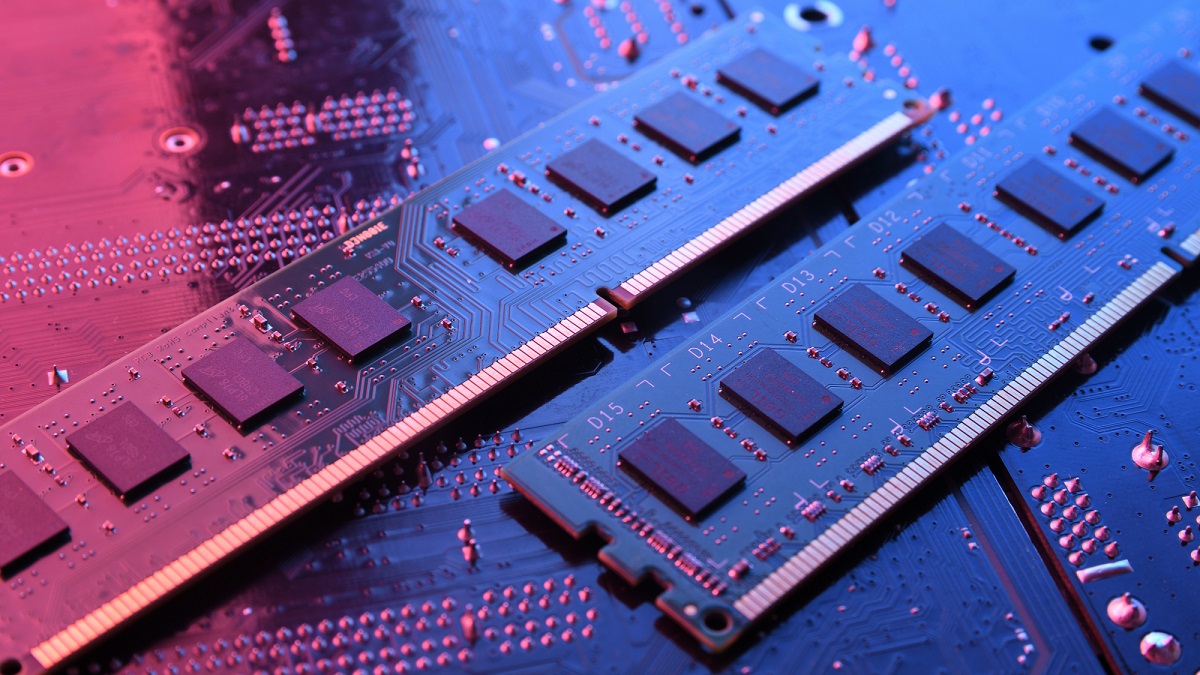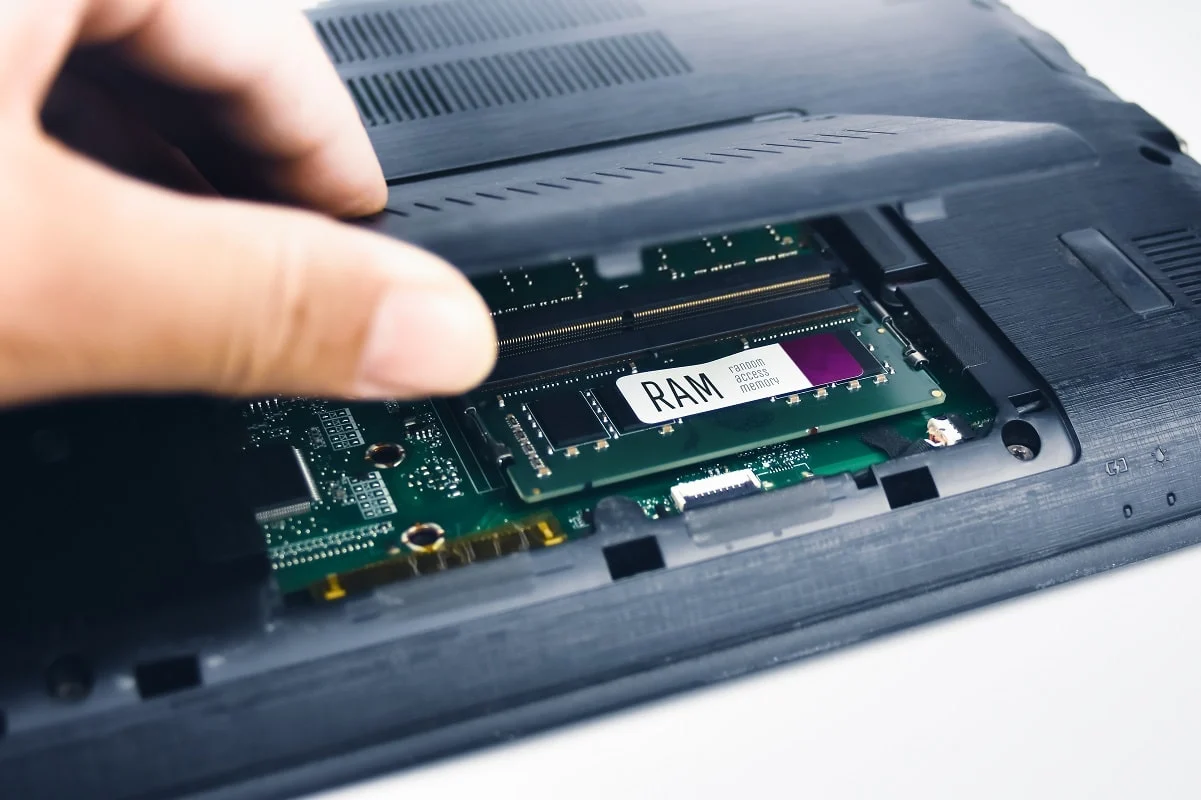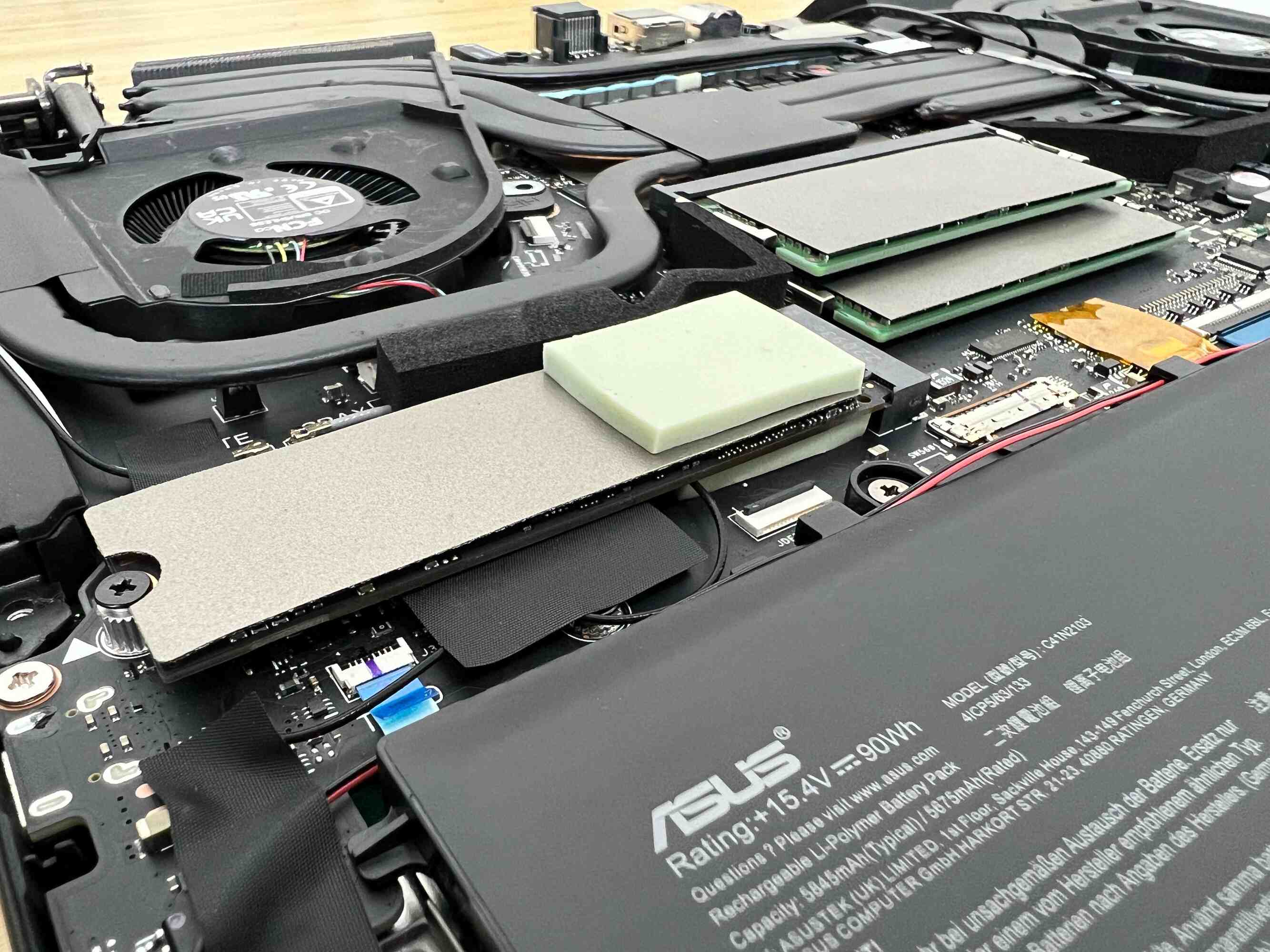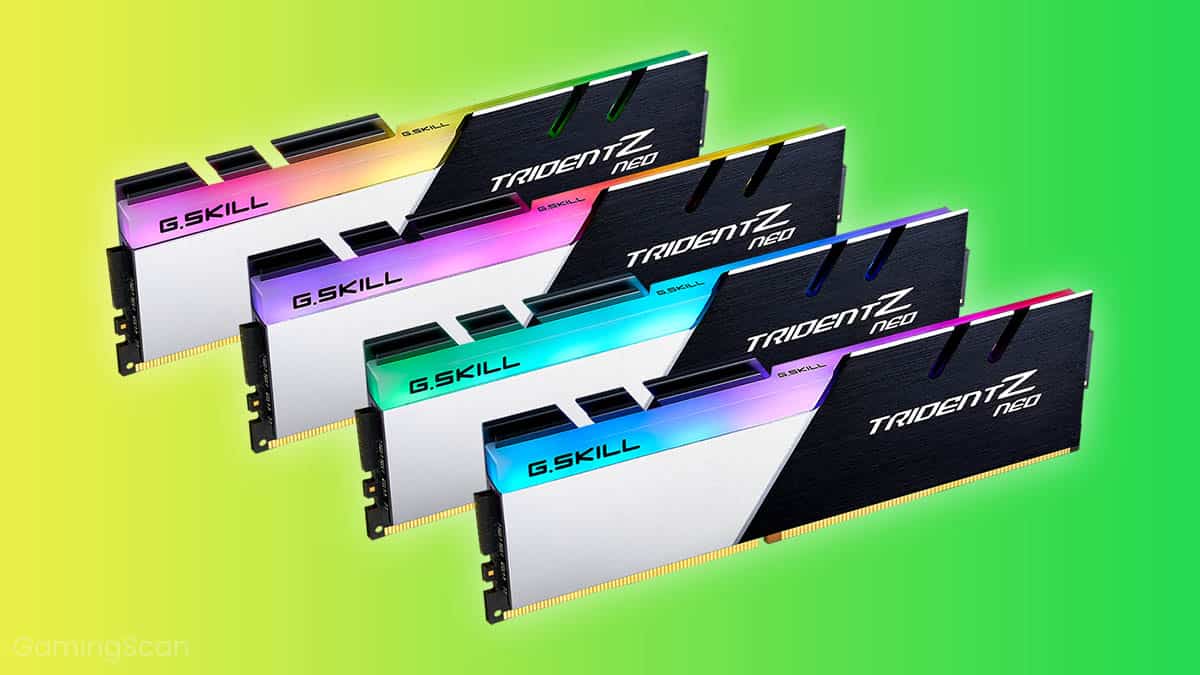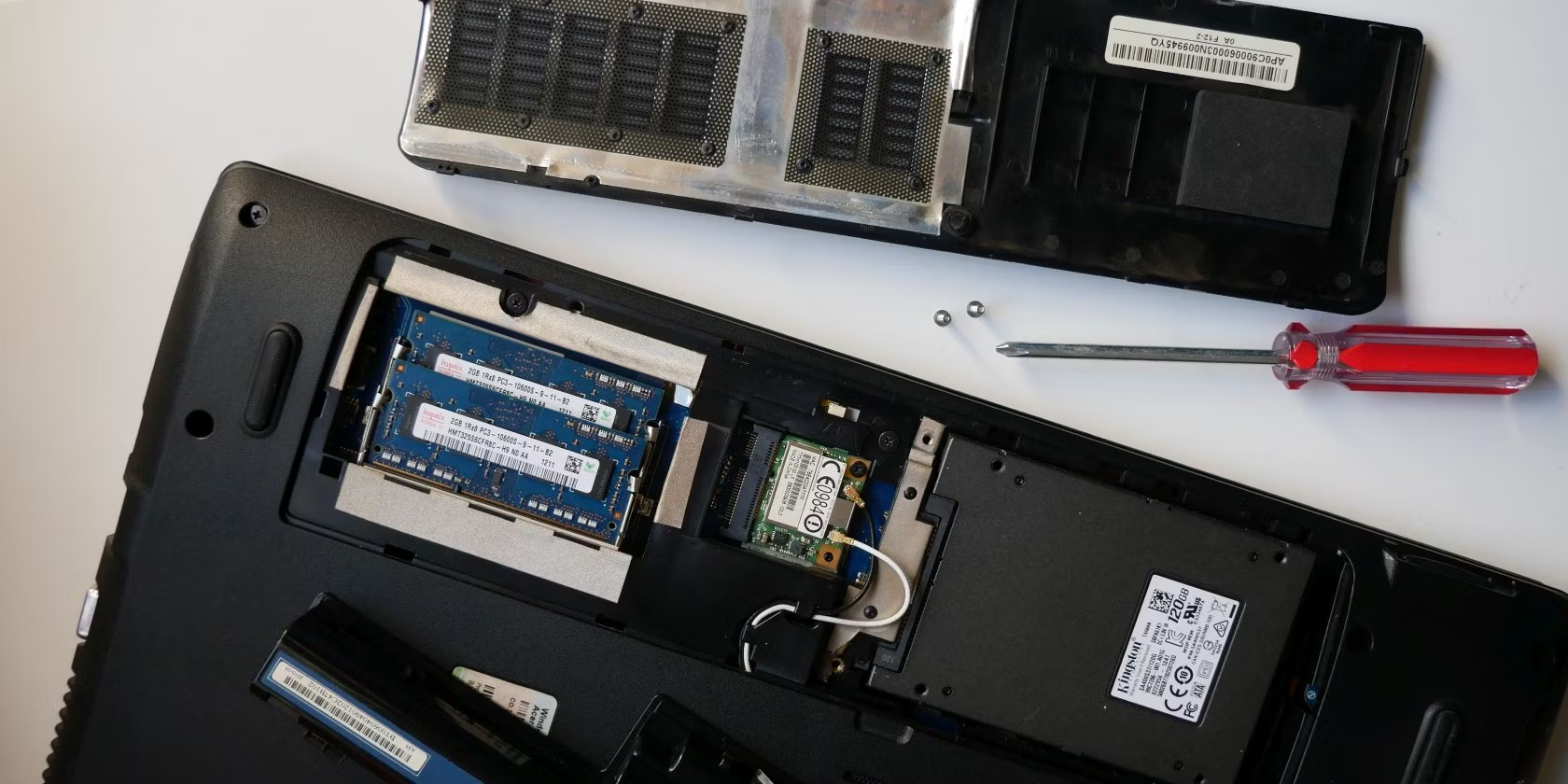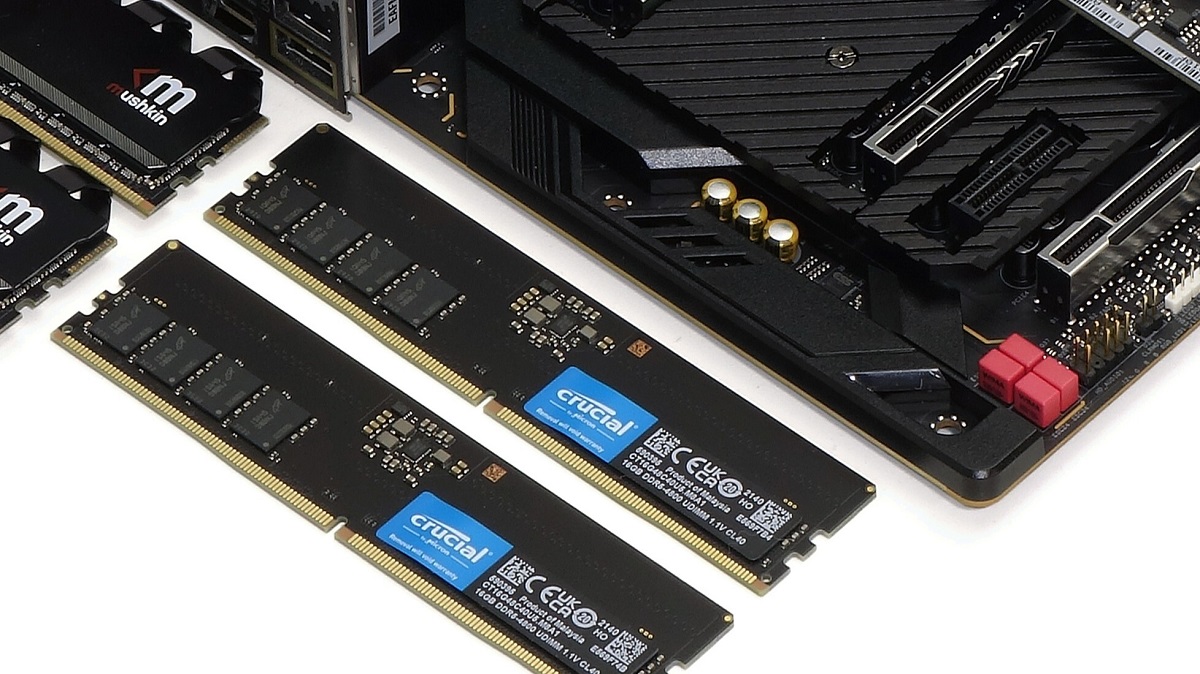Introduction
Streaming has become a popular way to consume media content, allowing users to watch videos, listen to music, and even play games online. With the rise of streaming platforms like Netflix, Hulu, and Twitch, many people are looking to optimize their streaming experience. One crucial aspect to consider when aiming for smooth and uninterrupted streaming is the amount of RAM (Random Access Memory) in your device.
RAM plays a vital role in streaming as it directly affects the performance and efficiency of your device. It determines how much data can be accessed by your computer’s processor, ensuring seamless multitasking and faster loading times. Whether you’re watching live content or engaging in live streaming yourself, having enough RAM is essential to ensure a smooth and enjoyable experience.
In this article, we will explore the recommended amount of RAM for streaming and delve into the factors that determine how much RAM you truly need. By understanding the importance of RAM in streaming, you can make an informed decision and optimize your streaming setup to enjoy high-quality content without any lag or interruptions.
What is streaming?
In simple terms, streaming refers to the process of transmitting and receiving data over the internet in real-time. It allows users to watch videos, listen to music, play games, and engage in other forms of digital content without the need to download them first.
Unlike traditional media consumption, where files need to be completely downloaded before being played, streaming enables users to start enjoying content immediately. Whether it’s binge-watching a television show on a streaming platform or tuning in to a live gaming session on Twitch, streaming has revolutionized how we access and consume media.
Streaming utilizes a technique known as “buffering” to ensure a smooth playback experience. When you start streaming a video or audio file, a small portion of it is initially downloaded and stored in temporary memory (RAM) on your device. This buffer allows the content to play continuously while the remaining data is being downloaded in the background. By utilizing an ongoing data stream, streaming services can deliver uninterrupted playback, even on slower internet connections.
The popularity of streaming has exploded in recent years, driven by the convenience it offers. With the vast array of streaming platforms and services available, users have access to a virtually unlimited range of content to suit their preferences. Whether it’s movies, TV shows, music, podcasts, or even live events, streaming has made entertainment more accessible and customizable than ever before.
Streaming has also transformed the landscape for content creators, enabling them to share their work with a global audience. Whether it’s live streaming a gaming session, broadcasting a concert, or hosting a podcast, creators can engage with their followers in real-time, building a community and monetizing their content.
In summary, streaming has become an integral part of our everyday lives, offering a convenient and flexible way to enjoy a wide variety of digital content. With the ability to instantly access and consume media without long waiting times, streaming has revolutionized the way we entertain ourselves and interact with content creators.
Understanding RAM
RAM, or Random Access Memory, is a crucial component of any computing device, including computers, laptops, and smartphones. It serves as temporary storage for data and instructions that the processor needs to access quickly. Unlike long-term storage devices such as hard drives or solid-state drives, RAM provides rapid and temporary access to information required for immediate use.
When you run an application or perform a task on your device, the operating system loads the necessary data and instructions from storage into RAM. This allows the processor to access the information quickly, resulting in faster and more efficient performance. In the case of streaming, having sufficient RAM ensures that the necessary data for playback is readily available, leading to smoother and uninterrupted streaming.
RAM is measured in gigabytes (GB), and the amount of RAM in a device directly impacts its multitasking capabilities and overall performance. A device with more RAM can handle multiple tasks simultaneously without slowing down, as there is ample space to store and retrieve data quickly.
It’s important to note that RAM is different from the permanent storage capacity of a device, such as the hard drive or SSD. While storage capacity determines how much data can be stored long-term, RAM determines how efficiently applications and processes can run in real-time.
One key characteristic of RAM is its volatility. This means that data stored in RAM is lost when the device is powered off or restarted. Therefore, RAM is a temporary storage solution designed to provide fast access to data during active use.
There are different types of RAM available, such as DDR4, DDR3, and LPDDR, each with their own capabilities and compatibility with different devices. When considering RAM for streaming, it’s essential to ensure compatibility with your device’s specifications to achieve optimal performance.
In summary, RAM is a vital component for seamless streaming. It provides a temporary storage solution for data and instructions, allowing the device’s processor to access information quickly. Having sufficient RAM helps to avoid lag and buffering issues during streaming, ensuring smooth playback and an enjoyable streaming experience.
Minimum RAM requirements for streaming
When it comes to streaming, having enough RAM is crucial to ensure a smooth and uninterrupted experience. Insufficient RAM can lead to buffering, freezing, and overall poor performance. While the specific RAM requirements may vary based on the streaming platform, device, and type of content being streamed, there are some general guidelines to consider.
For basic streaming tasks, such as watching standard-definition videos or streaming music, a minimum of 4GB of RAM is typically sufficient. This allows the device to handle the necessary tasks without significant performance issues.
However, as streaming content becomes more demanding, especially with high-definition videos or live gaming streams, it is recommended to have at least 8GB of RAM. This provides ample space for buffering and ensures a smooth playback experience.
It is worth noting that these are general minimum requirements and may vary depending on other factors, such as the operating system and additional applications running in the background. Running multiple applications simultaneously or having resource-heavy programs open alongside streaming content may require more RAM to maintain optimal performance.
Furthermore, if you are engaging in live streaming yourself, such as broadcasting gameplay on platforms like Twitch, it is recommended to have a higher amount of RAM. The encoding and processing involved in streaming your own content can be resource-intensive, and having additional RAM helps to ensure smooth gameplay and streaming without sacrificing performance.
In summary, while the minimum RAM requirements for streaming can vary based on factors such as content type and device specifications, a general guideline is a minimum of 4GB for basic streaming tasks and at least 8GB for more demanding streaming activities. However, it is advisable to have more RAM available to accommodate simultaneous multitasking and avoid performance issues.
Recommended RAM for streaming
When it comes to streaming, having sufficient RAM is crucial to ensure optimal performance and a seamless streaming experience. While the minimum RAM requirements can get the job done, having more RAM will provide headroom for multitasking, smoother playback, and better overall system performance.
For most users, especially those who stream high-definition videos, engaging in live streaming themselves, or multitasking while streaming, it is recommended to have a minimum of 16GB of RAM. This amount of RAM allows for smoother playback, faster buffering, and ensures that the device can handle the demands of streaming without any issues.
With 16GB of RAM, you have enough headroom to run the streaming application, encoding software (if applicable), and any additional background tasks or applications without experiencing any performance degradation. This ensures a seamless and uninterrupted streaming experience, even when running resource-intensive applications alongside the streaming content.
For power users or streamers who want to future-proof their systems and optimize their streaming setup further, upgrading to 32GB or even 64GB of RAM might be worth considering. This additional RAM provides even more headroom for multitasking, running demanding applications, and handling higher-quality streaming content.
Having ample RAM is beneficial not only for seamless streaming but also for overall system performance. It allows for faster application launches, smoother multitasking, and better responsiveness. Additionally, if you use your device for other resource-intensive tasks such as video editing, graphic design, or gaming, having more RAM will significantly enhance the performance in those areas as well.
It’s important to note that while RAM is a critical factor in streaming, it’s not the only consideration. Other components such as the processor, internet connection speed, and graphics card (if applicable) also play a significant role in ensuring optimal streaming performance.
In summary, for an optimal streaming experience, a recommended minimum of 16GB of RAM is ideal. Upgrading to 32GB or even 64GB can further enhance multitasking capabilities, system performance, and future-proof your streaming setup. Consider the type of streaming activities you engage in and your device’s overall specifications when determining the amount of RAM that suits your needs.
Factors to consider when determining RAM for streaming
When determining the appropriate amount of RAM for streaming, there are several factors to consider that can help you make an informed decision. These factors will ensure that you have enough RAM to handle your streaming needs while maintaining optimal system performance. Here are some key factors to consider:
- Type of streaming: The type of streaming activities you engage in will have an impact on the required amount of RAM. Streaming high-definition videos, live gaming sessions, or broadcasting your own content will require more RAM compared to streaming standard-definition videos or audio.
- Multitasking: If you tend to multitask while streaming, such as having multiple applications open or running additional resource-intensive tasks, it is essential to have sufficient RAM to handle the increased workload. Consider the other applications and tasks you frequently run alongside streaming and allocate enough RAM to accommodate them.
- Operating system: Different operating systems have different RAM requirements. Windows, macOS, and Linux all have varying RAM demands, and it’s important to consider the specific requirements of your chosen operating system to ensure optimal performance. Additionally, if you are using virtual machines or running emulators, allocate additional RAM to each system accordingly.
- Compatibility: Ensure that the RAM you choose is compatible with your device’s specifications. Check the maximum supported RAM capacity of your computer or laptop, as well as the type and speed of RAM that is compatible. Consulting the manufacturer’s specifications or seeking guidance from a technical expert can help ensure compatibility.
- Future-proofing: If you plan on using your device for streaming and other resource-intensive tasks in the future, it may be worth considering higher amounts of RAM to future-proof your system. Upgrading to larger RAM capacities can extend the longevity of your device and provide headroom for more demanding applications or tasks that may arise.
By considering these factors, you can determine the appropriate amount of RAM for your streaming needs. It’s important to strike a balance between having enough RAM to ensure smooth streaming performance and avoiding excessive amounts of RAM that may be unnecessary for your specific requirements. Assess your streaming activities, multitasking tendencies, and future plans to make an informed decision about the amount of RAM that best suits your needs.
Conclusion
RAM is a critical component when it comes to streaming, as it directly impacts the performance and efficiency of your device. Having sufficient RAM ensures smooth and uninterrupted streaming, whether you’re watching videos, listening to music, or participating in live streaming yourself.
While the minimum RAM requirements for streaming range from 4GB to 8GB, it is recommended to have at least 16GB of RAM for an optimal streaming experience. This provides headroom for multitasking, smoother playback, and overall better system performance. For power users or those who engage in resource-intensive streaming activities, upgrading to 32GB or even 64GB of RAM might be worth considering.
When determining the appropriate amount of RAM for streaming, factors such as the type of streaming, multitasking habits, operating system requirements, compatibility, and future-proofing should be considered. Finding the right balance between having enough RAM to handle your streaming needs and avoiding excessive amounts is key.
Ultimately, investing in the right amount of RAM for streaming can greatly enhance your streaming experience, ensuring that you can enjoy high-quality content without lag, buffering, or performance issues. By understanding the importance of RAM and considering the factors discussed in this article, you can make an informed decision and optimize your streaming setup for a seamless and enjoyable streaming experience.









